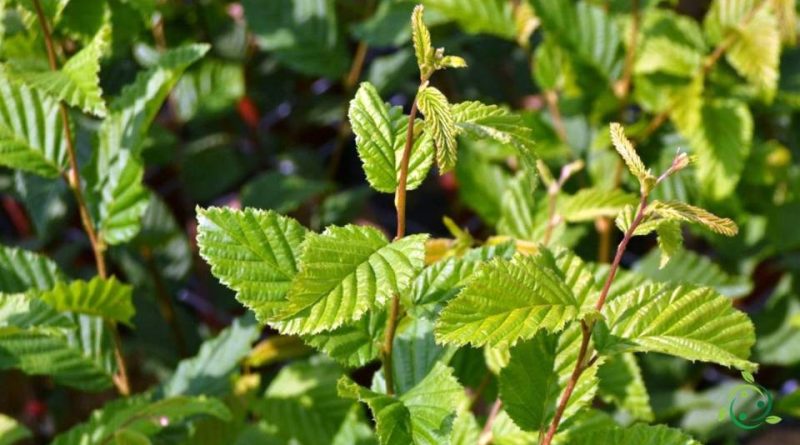Reproduction of the European hornbeam
Reproduction of the European hornbeam
The European hornbeam (Carpinus betulus L., 1753) is a tree of the Betulaceae family, widespread in an area ranging from Western Europe to Iran.
Suitable breeding habitat –
Carpinus betulus is a species native to southern and eastern Europe and some Asian regions and with a wide distribution in central Europe with limits to the Pyrenees and Wales.
The distribution of the area goes from Europe to western Asia. In Europe it goes from Spain to Great Britain and Sweden, from the east to Turkey, Iran and the Caucasus.
In Italy it is frequently found in the mountain horizon up to 900-1000 m as a constituent of mesophilic woods together with deciduous oaks and beeches. In the plain it is found together with the Farnia to make up the lowland forests. It is also present in the coldest and most humid areas of the Po Valley. Instead, it is missing in the islands.
Its habitat is that of broad-leaved or mixed woods and hedges, it is co-dominant with Quercus iberica in the broad-leaved forests of western Asia, generally on sandy or clayey loam, but prefers heavier soils; at altitudes up to 1,000 – 1,200 meters.
Propagation –
The European hornbeam is a tree that can reach 25 meters in height that is very cold tolerant and creates considerable shade.
Carpinus species are generally tolerant of a broad spectrum of soils but prefer deep, moist but well-drained soils and also grow in clayey and calcareous soils. Less tolerant of acid soils.
It is a very ornamental plant with shallow roots.
Trees take 10 – 20 years, if propagated from seed, to produce seed and about 100 years to reach maturity.
The tree regenerates from the base if cut, and was once commonly pollarded or coppice for its wood and fuel.
Propagation occurs by seed; this should be sown in an open seedbed as soon as it is ripe. Germination is generally good, although it can take 18 months. If the seed is harvested green but before it has completely dried on the plant, and sown immediately, it should sprout the following spring.
However, it is advisable to cultivate the plants for two years in the seedbed and then transplant them in the open field in the winter. The average viability of the seeds is about 65%.
It is also advisable to pre-treat the stored seed with 4 weeks of hot stratification and 12 weeks of cold before sowing it in an unheated seedbed.
This plant in nature also propagates by suckers.
Ecology –
The European hornbeam, from an ecological point of view, can tolerate a certain shade and needs relatively high temperatures, but it is demanding, as mentioned, as regards the soil. It improves the soil and is endowed with a remarkable suckling capacity.
It constitutes the lower floor in the oak-hornbeam groves of the lowland and lowland avanalpic and mid-hill region where the renewal of the oaks is always very abundant, but after a couple of years the presence of young seedlings is practically nil.
In the hilly oak-hornbeam, where there is a longer residence time than the plain formations, the silvicultural management of these formations involves the application of theories that refer to the so-called quality silviculture.

